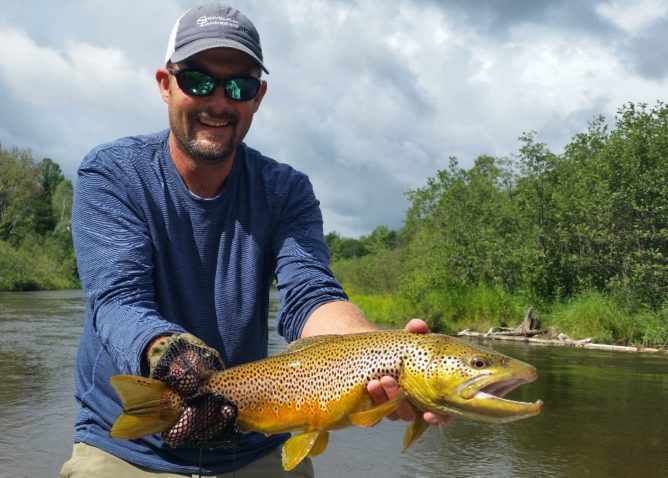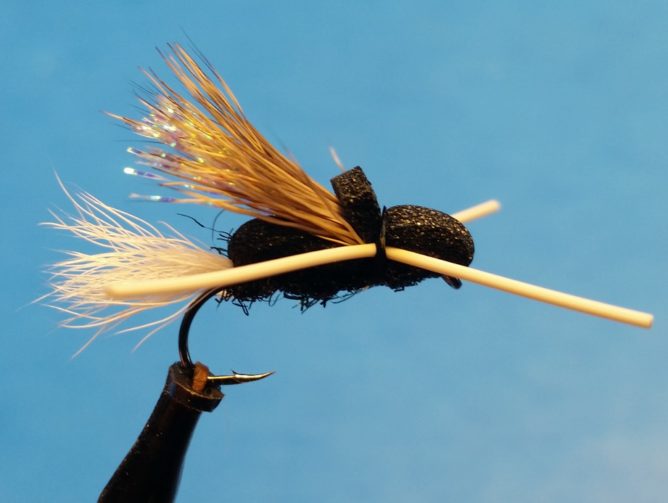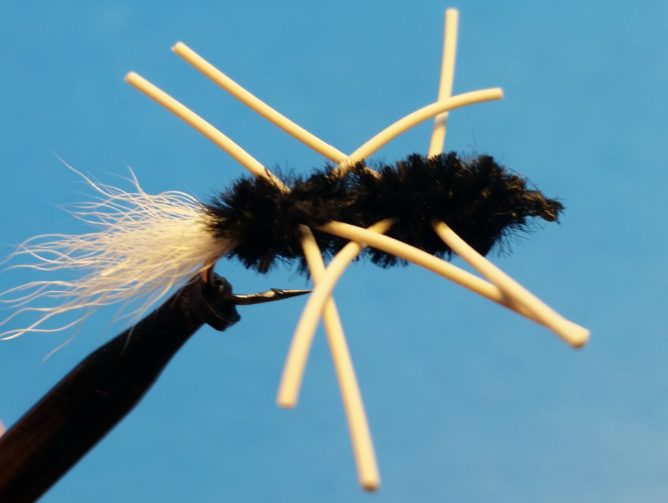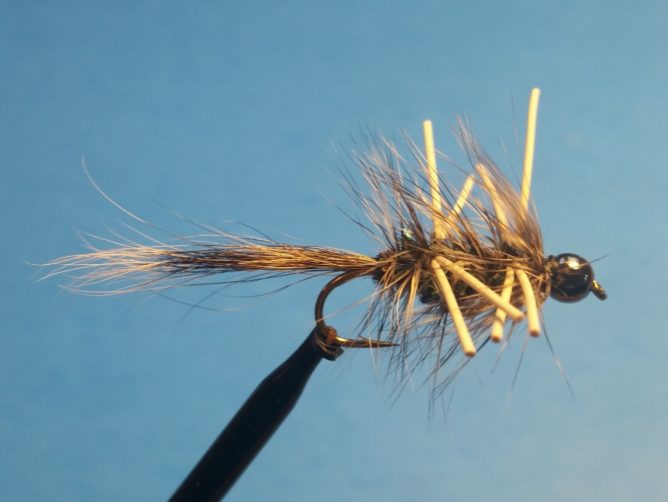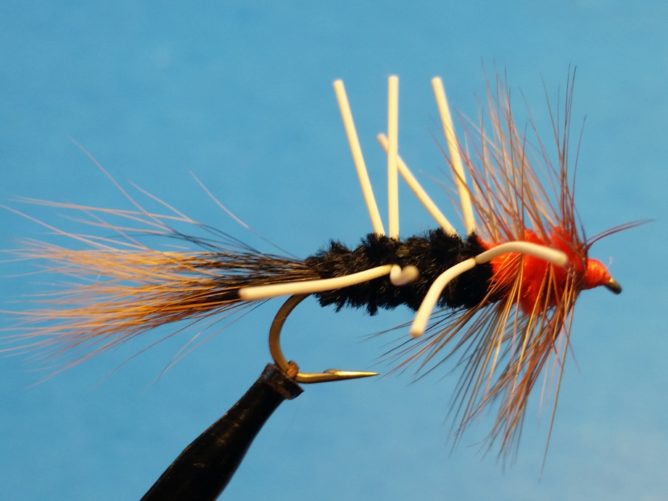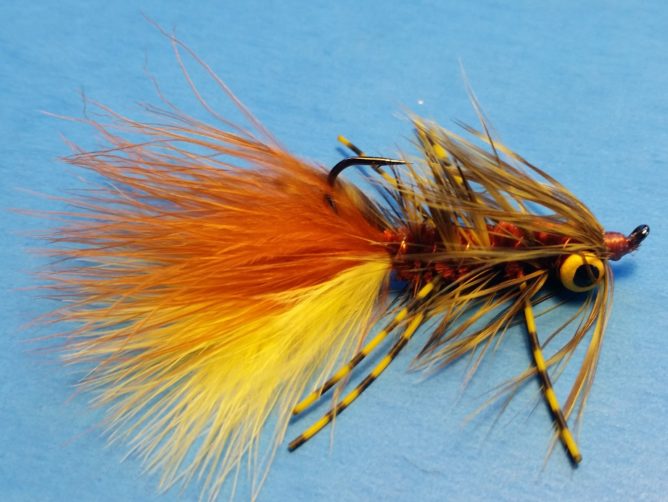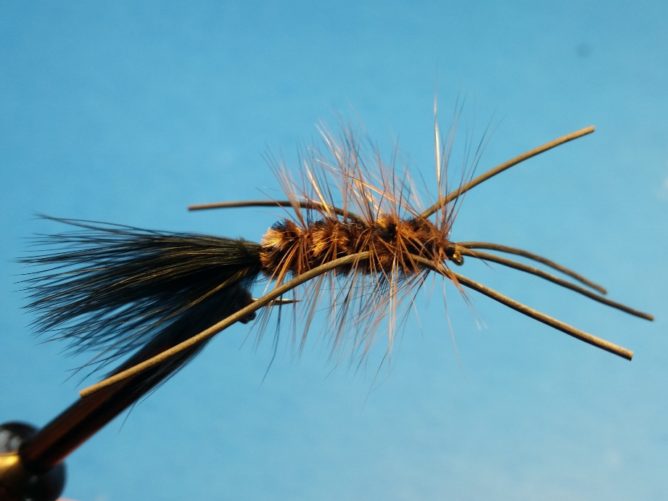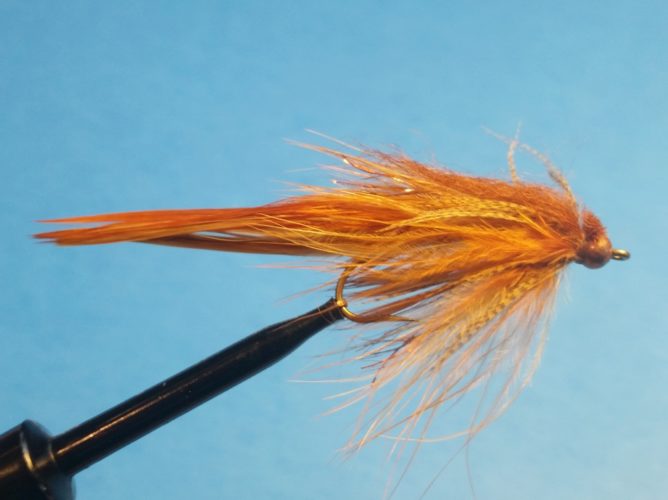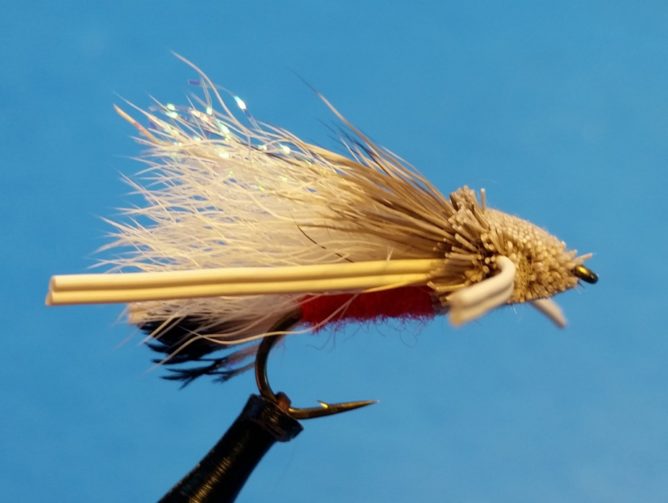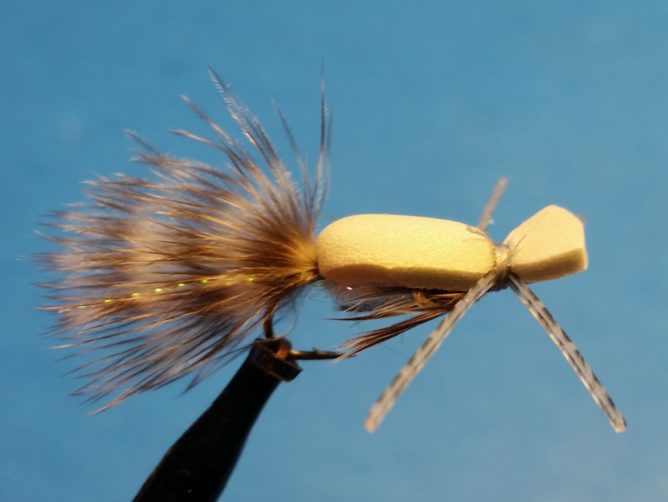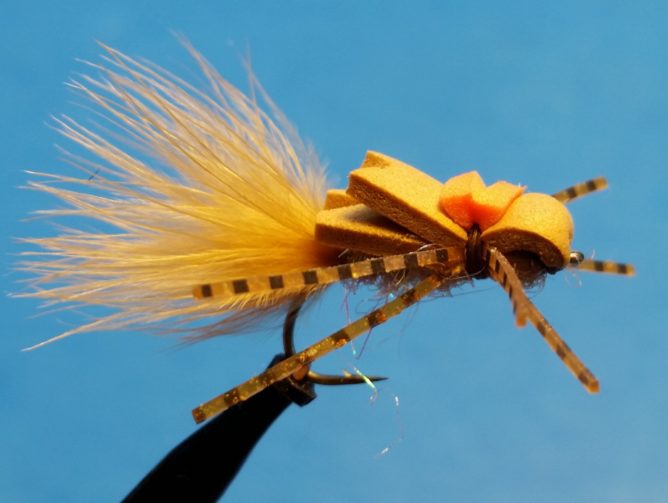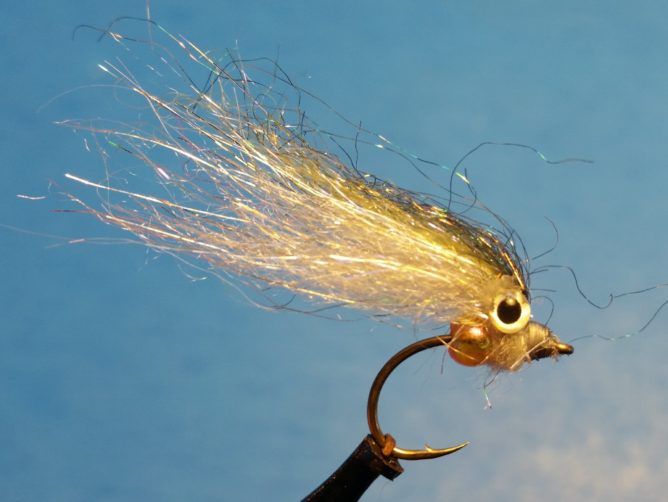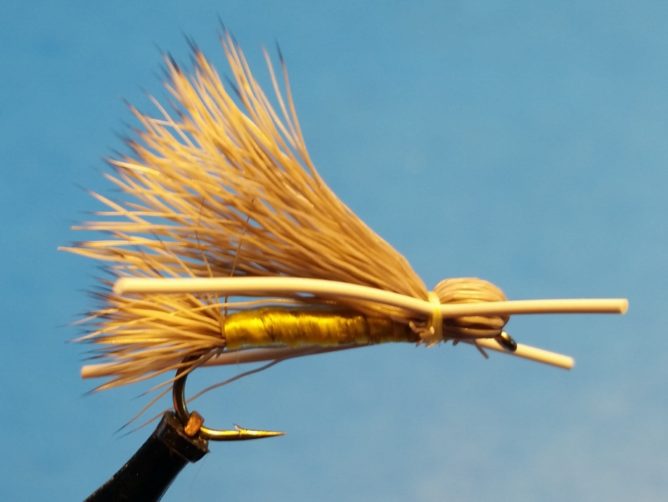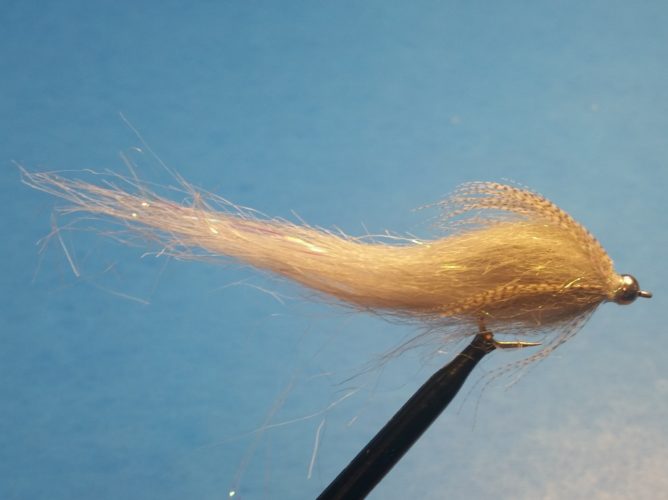Twitching flies is a technique that isn’t overly common but has a long history of success. It’s becoming a little more popular these days when our first attempts of drag free dry flies or stripped streamers don’t work. “Twitch Flies” and twitching them often saves the day on the water and an assortment of them deserve a place in your fly box.
When we get to our favorite river we often have an idea of how/what we are going fish in regards to presentation and fly patterns. But often with just a little time using these methods and patterns, it’s apparent that the fish aren’t overly interested. You can be fishing dry flies or chucking big streamers on sink-tips, but with no signs of interest. Swapping fly patterns a few times, targeting less likely parts of water (like inside bend) and changing presentation by adjusting retrieval speeds, methods, and sink-tip density is typically our next course of action. But sometimes even that doesn’t change the outcome. Some choose to be stubborn and keep changing up patterns, but a growing number of anglers change the approach and tact all together by using Twitch Flies.
Twitch flies are patterns that are sometimes fished on the surface as a dry fly, but more commonly are subsurface patterns, kind of like a streamer, but not really. Confusing, I know. Think of the fly being presented cross-current and rather than stripped, it is dead drifted with movement and action introduced periodically by twitches of the rod tip and short strips to gather the slack.
Combined with fly design, this action garners the fish’s curiosity. In the case of a dry fly, it looks like something scurrying across the surface that shouldn’t be there, i.e., grasshoppers and other terrestrials. Sub-surface, a pattern can appear to be a wounded bait fish, something large dislodged from the surface struggling in the current, or simply something the fish hasn’t seen before so it simply eats it because, well, it can.
The first time I was introduced to a twitch presentation was in the late 90s on the Green River in Utah – a beautiful river with more fish than any river I have fished before or since. My brother suggested I tie on an odd-looking pattern. At first, I thought he was joking because the pattern didn’t look anything like a “trout fly.” After assuring me it was a good approach for what we were experiencing – lots of uninterested trout. I tied it on. I fished it like a streamer with no success while ignoring the suggestion to twitch it dead-drift as we floated downstream. As soon as I listened to his advice, slowed down and flicked the rod tip a few times – our luck and success changed drastically with fish after fish coming to the fly. I’ll never forget how our success caught the attention of the others floating the river that day who also experienced slow fishing and seemed resigned to “Slow day – that’s fishing.” The nonverbal communication was loud and clear – we (my brother) figured it out, they hadn’t.
There just isn’t one way to do something with fly fishing and the twitching of flies is no different. When conditions allow, watch the fly and how your action affects the pattern. Look for any response from the fish and adjust and experiment with presentations and patterns until you crack the code.
How to Twitch
Horizontal Twitch: Almost always with twitching flies, cast the fly out and across the current 90 degrees. The current often takes the fly downstream, and as it does, twitch the rod tip horizontally away from the fly once or twice followed by a pause. This gives the impression of a struggle followed by the current washing it downstream, leaving it vulnerable.
Vertical Twitch: Most effective with flies that have heavy lead eyes, this method is executed by giving the rod tip a quick vertical lift/flick or two followed by a pause. Think of it as jigging the fly and, as the fly drops and simultaneously drifts downstream, this is when fish most often strike.
Wiggle Twitch: A variation of both the horizontal or vertical twitch, the wiggle twitch is presented similarly, but action is invoked by periods of short wiggles of the rod tip – either horizontally or vertically – to activate the fly’s materials showing motion. Often when the fish are in a funk and not interested in much of anything, this subtle presentation is the answer.
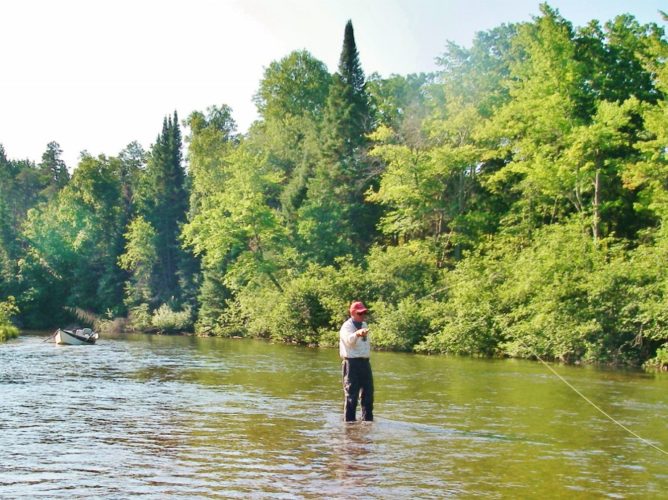 Row vs. Wade: Fishing from a drift boat makes twitching flies easiest since you are moving with the current and covering lots of water. However, it can be done wading. The faster the water is, the more difficult it is to get the fly to twitch because you constantly have water pushing and moving the fly downstream where any action is hard to detect. One way to offset this is by either casting slightly downstream and twitching the flies towards the center of the river or implementing mends throughout the presentation, causing the fly to pulse against the current.
Row vs. Wade: Fishing from a drift boat makes twitching flies easiest since you are moving with the current and covering lots of water. However, it can be done wading. The faster the water is, the more difficult it is to get the fly to twitch because you constantly have water pushing and moving the fly downstream where any action is hard to detect. One way to offset this is by either casting slightly downstream and twitching the flies towards the center of the river or implementing mends throughout the presentation, causing the fly to pulse against the current.
Equipment
The tackle used for this approach you likely already have. Choose a rod that has enough power to cast the flies you will be using and is strong enough to quickly land hooked fish. Rather than select a particular rod action, use what you cast well. Floating lines are predominately used, but when fishing in faster and/or deeper water, a shorter sink-tip line has its place, as does a more specialized clear sink-tip or full intermediate sinking, clear line. No special consideration needs to be made for your reel choice.
More Than Trout
Don’t limit twitching flies to only trout, but also other species found in rivers like smallmouth bass. Smallies often like a twitched fly drifting into their zone before eating – they can be lazy and this presentation is a good match.
Still Water
Although river currents help add to the movement of twitch style flies, you should twitch flies in still water for just about anything that swims. When fishing lakes or ponds a little more action is required from the angler to get maximum movement in the fly without stripping it too much and too fast. Twitch-twitch pause, twitch-twitch pause – is a good approach when using a fly that offers action.
Twitch Flies
Skunk: Named after its black and white color scheme, the “Michigan Skunk” is tied in both wet and dry versions. What is consistent between both styles is the color and use of rubber legs that kick and wiggle. Break tradition and go with body color variations like olive or even a shiny gold. This pattern isn’t for local waters only – try it outside of Michigan, too. Click here to learn how to tie the “Improved Skunk.”
Yuk Bug: It imitates nothing in particular but suggests lots of things. A fuller body than the skunk and fished exclusively wet, the yuk bug has caught more than just trout. Traditionally tied in black, white and grizzly, mix it up and tie in other color schemes including sparkle chenille or estaz.
Pepperoni Bug: Kind of a mix between a Yuk Bug and a Montana Nymph, this subsurface fly can be tied in a number of sizes, but it’s always weighted with lead wire or a bead head to help it sink. If tying your own, feel free to deviate from the original color of black and rust and vary the amount of weight.
JJ Special: It’s basically a brown wooly bugger with yellow legs, but it seems to be a great color combo and pattern approach, especially when crayfish are active. Tie some with a bead and others with dumbbell eyes.
Wooly Bugger Variations: Other bugger variations that can be used for twitching include Bitch Bugger, War Bird, Tequeely, Trick or Treat and more.
Lamprey Leech: Our local rivers have a fair number of chestnut lampreys. Fish hate them, so they eat them.
This pattern also suggests a night crawler, so it’s a reasonable candidate to use after a good rain when
worms become a steady part of the fish’s diet. Click here to learn how to tie.
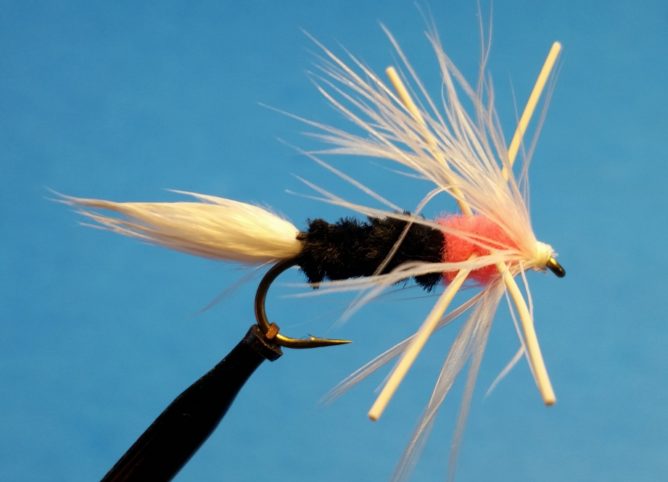 Super-X: This is the pattern that changed our luck on the Green River. I know, it doesn’t look like a trout fly, but it’s worth having a few in the box. Maybe its genius is, well, the fish haven’t seen it much?
Super-X: This is the pattern that changed our luck on the Green River. I know, it doesn’t look like a trout fly, but it’s worth having a few in the box. Maybe its genius is, well, the fish haven’t seen it much?
Turk’s Tarantula: This Jackson Hole One Fly tournament winning pattern remains one of my favorites.
The “Turks” can be fished dry or wet and it does a good job of suggesting grasshoppers and stones when tied
in natural tones. Although I’m not sure what it represents when tied with a red body, you will want
some of those in your fly box, too. When wading, fish dead-drift, then swing at the end of the presentation
and then strip it back. If nothing grabs it, well, there is a good chance there isn’t a fish in that section of water.
Gurgler Variation: Fished on the surface with lots of twitches, it spits water and the legs kick
getting fish to come up and out of the water (often missing). This can provide a lot of action
and fun when the fish are focused on eating juvenile salmon and steelhead.
Transfoamer: A cross between a wooly bugger and a Chernobyl Ant,
this pattern is fished dry, but it can also be stripped and twitched as a diving bug.
Beaded Alevin: Twitched rapidly, down and across, fish see this pattern as a juvenile fish
vulnerable to becoming a protein snack. This is an especially effective pattern in waters
where natural reproduction takes place. Click here to learn how to tie.
Madam X: One of the first “modern” ties which has been the benchmark for many other patterns of its type.
The X in the legs continues the theme of effective twitch flies.
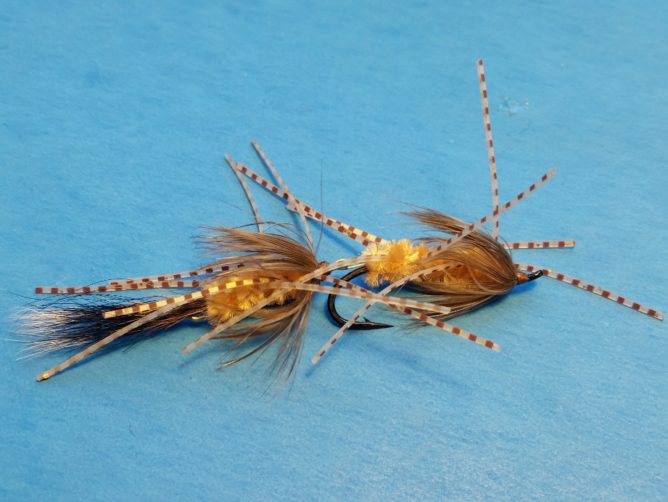
Alex’s Double Skunk
Streamers: A number of streamers that might already be in your fly box are good candidates to fish “twitched” rather than stripped. Make sure it has the right profile, that it’s not weighted too heavily since the presentation is more or less dead-drifted. You don’t want it hanging up on the river bottom, and most importantly, the materials should offer lots of motion in the current. This is a good place for tandem/articulated streamers with minimal weight.
Tying your own There are close to endless possibilities for variations and versions of twitch flies between design concept and the materials you can implement. The world of rubber legs has greatly expanded through the years, offering a full palate of color ranges as well as sizes. One thing seems to remain consistent in most of the successful “Twitch Flies” – they have rubber legs and they often are tied in a pronounced “X.” On sub-surface patterns, marabou compliments effective patterns and should be used whenever possible.
As more anglers expand their presentation and discover the niche and effectiveness of Twitch Flies, look for more patterns to be developed. And try this presentation before it becomes mainstream in popularity and before the fish get wise.

